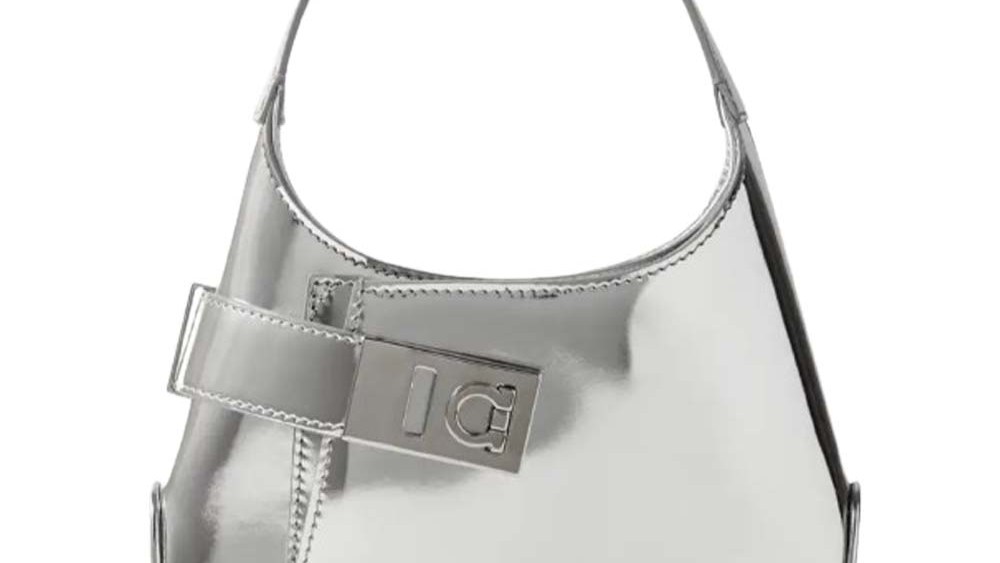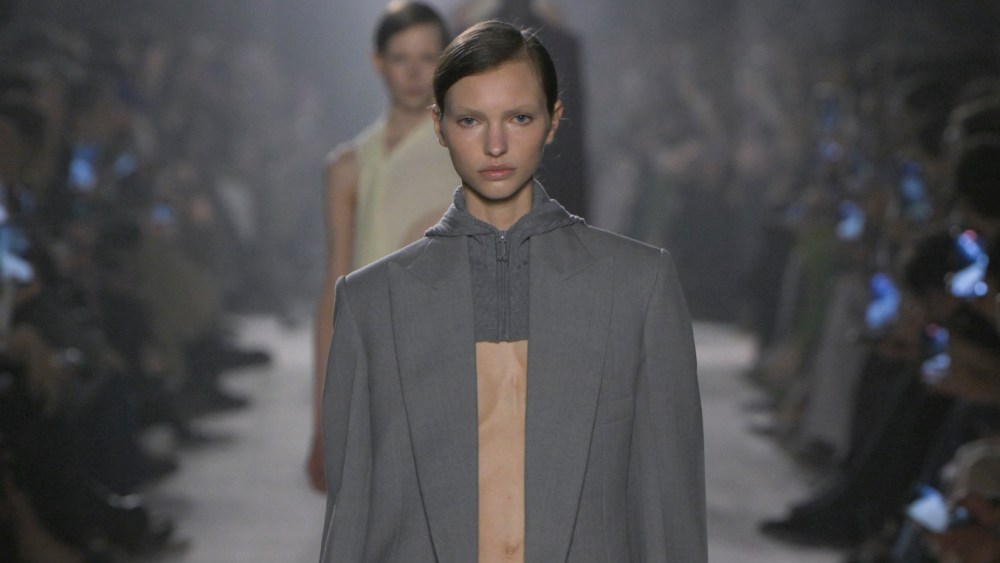MILAN — A challenging consumer environment in Asia Pacific and a weak wholesale channel dented Salvatore Ferragamo’s performance in the first half of the year.
However, on Thursday, Marco Gobbetti, chief executive officer and general manager of the Florence-based luxury company, touted during a conference call with analysts the “encouraging signs” emerging from the new shoes and handbags collections, which represent almost 87 percent of the business, and the expansion of the brand’s customer base to include a younger demographic. Gobbetti mentioned as examples the Zina ballerine, or ballet flats, and the Hug handbags, which have become bestsellers and “over-performed.”
“The second quarter showed again some of the encouraging underlying operating trends that we started to see earlier in the year,” said Gobbetti. “Retail full-price sales showed a positive trend in the U.S., Europe, Japan and Latin America.”
You May Also Like
He also underscored the “excellent resonance” of the fall 2024 collection designed by creative director Maximilian Davis, who joined the brand in March 2022, saying that the “product transition was fundamentally completed” with between 50 and 60 percent of sales coming from a continuative offer comprising both new and iconic products. He also said the collections have been expanded for “different occasions and seasonal opportunities.”
While Gobbetti sounded positive notes, Ferragamo in the first six months ended June 30 reported a 12.8 percent decrease in revenues to 523.1 million euros compared with 600.1 million euros in the same period last year. At constant exchange rates, sales decreased 10.9 percent.
In the second quarter, revenues were down 8.1 percent to 296 million euros, dented by a weak Asian market and the wholesale environment and Gobbetti said that Ferragamo has been implementing a more selective distribution strategy, which also impacted the channel.
“In a general context of ongoing demand slowdown, we will continue to focus on top-line performance and profitability, expanding our audience and boosting engagement through a refreshed product offer, a full-funnel marketing approach, an enriched customer experience with tailored CRM initiatives and a new store concept,” said Gobbetti.
The latter was unveiled with the women’s Milan flagship on Via Montenapoleone designed by Vincent Van Duysen last February and then rolled out at Isetan and in Forte dei Marmi, and Gobbetti said the plan is to continue to renew the brand’s doors.
As of June 30, there were 373 stores globally. “The size of the network is relatively stable and we are not planning to resize it significantly,” he said, responding to an analyst.
In the first half, net profit, including a minority interest, plunged to 6 million euros compared with 21 million euros in the same period last year.
Earnings before interest, taxes, depreciation and amortization amounted to 117 million euros, down 12.7 percent from 134 million euros, and with an incidence on revenues of 22.4 percent.
Operating profit fell 41 percent to 28 million euros, compared with 47 million euros last year.
The direct-to-consumer channel in the first half was down 8.1 percent to 381.6 million euros, representing 73 percent of the total. Retail in the second quarter was down 5.5 percent, hurt by a weak Asia Pacific area, which did not balance the positive performances in Europe and Japan and North America.
In the first half, sales of the wholesale channel decreased 23.1 percent to 128.3 million euros. Gobbetti said the company had “not seen a huge improvement in travel retail.”
Revenues in the Europe, Middle East and Africa region were down 16.1 percent to 126.4 million euros, accounting for 24.8 percent of the total.
Sales in North America decreased 5.5 percent to 147 million euros, representing 28.8 percent of the total.
Revenues in Central and South America decreased 6.9 percent to 37.6 million euros.
The Japanese market in the second quarter was up 9.8 percent at constant exchange rates, but down 1.7 percent at current exchange rates, partly thanks to an increase in tourist flow. In the first half sales were down 9 percent to 41.3 million euros but up 2.6 percent at constant exchange.
In the first half, sales in Asia Pacific decreased 17 percent to 157.5 million euros, accounting for 30.9 percent of the total. In the second quarter, the trend in China showed an improvement, as sales in that market were down 3.9 percent, compared with a 21.1 percent decrease in the first quarter at constant exchange rates.
“The Chinese cluster was negative overall in the first half, and [spending] abroad is still below pre-COVID,” said Gobbetti. “The shift to Japan is growing and in Europe only marginally but not as much as in Japan.” Spending of the American cluster accelerated in the second quarter, buying locally and abroad above last year, he added.

Asked to elaborate on the sales trends, Gobbetti said that “April was not great and volatile, May was the best,” full-price sales in June were “good, impacted by less markdowns and less inventory” and that July showed “similar trends geographically, with Europe performing well, as Latin America and Japan accelerated while the U.S. slightly decreased.” He added that China was “progressively slowing down but this is not specific to Ferragamo.”
The executive highlighted that Ferragamo was being “very attentive to cost cutting” given the volatility of the scenario and the softness in Greater China.
By category, sales of footwear in the first half fell 10.5 percent to 238.8 million euros, accounting for 46.8 percent of the total.
Leather goods decreased 13.3 percent to 203.5 million euros, representing 40 percent of the total.
Apparel was down 21.9 percent to 30.3 million euros and silk and other were down 10.2 percent to 37.2 million euros.
Conversely to some of its peers, Ferragamo did not increase its prices, but Gobbetti said that, introducing new products, there was an “organic update on prices. We don’t expect to increase them in the short term.”
As of June 30, capital expenditure totaled 21 million euros, compared with 17 million euros in the first half last year reflecting the focus on renovating the retail network. Gobbetti said that capex will accelerate in the second half.
The adjusted net financial position was positive for 167 million euros compared with 278 million euros positive at the end of June last year, including 39 million euros cash out for the purchase of the minority interests in the three joint ventures in Greater China. Including the IFRS16 effect, the net financial position at the end of June was negative for 512 million euros.


